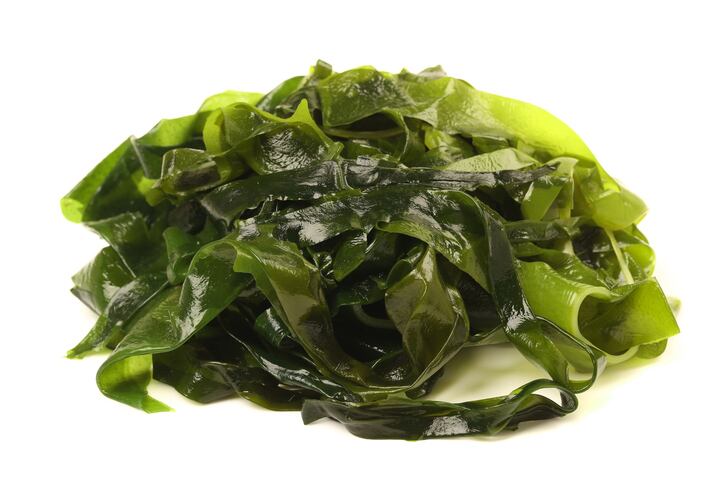The company’s Lactogel FC 5200 placed in the Fi South America Innovation Awards, a recognition that “reinforces that we are on the right track, seeking solutions that meet the needs of the industry and the consumer,” said Paula Bourlegat, marketing leader for dairy products.
Carrageenan is a hydrocolloid already used in many applications such as ice cream, almond milks and dressings. But in naturally acidic products, such as fruit-based yogurts, carrageenan historically generated syneresis or sandy texture, which would de-characterize the product and make it less appealing in food.
By exploring different extracts and production methods, the DuPont innovation team was able to come up with Lactogel FC 5200, allowing carrageenans to be used in low pH products.
“The new Lactogel FC 5200 is designed to meet the strong demand for cleaner labels and plant-based foods from consumers and the industry,” explained the company in a release. “Lactogel FC 5200 can help shorten product labels, as it can serve as the sole thickener in low pH formulations, providing a rich texture and creaminess that replaces the addition of starch and gelatin.”
The company added that in yogurt, the carrageenan can be used in both the fruit preparation and in the white mass of the yogurt, further simplifying the ingredient list.
The hydrocolloid can also be used as a thickening agent in vegetarian and vegan products because of its ability to replace gelatin, and reduce the amount of milk protein in formulations.
Rising demand and good acceptance
Cintia Nishiyama, marketing director for DuPont N&H South America, told FoodNavigator-LATAM that carrageenan consumption has been increasing in LATAM in general.
“[This is] due to a good technical performance, but also because it is perceived as a natural, plant-based and sustainable ingredient,” she explained.
According to Euromonitor data, in LATAM carrageenan had increasing volumes until 2015, she added. “In 2016 and 2017 a reduction can be seen, but this is mainly pushed by Brazil, which accounts for 43% of consumption in LATAM--and the country faced difficult times with a strong recession. Meaning the drop is not because of carrageenan being replaced by other ingredients, but actually it is linked to lower consumption of impulse categories like ice cream or premium categories, such as dairy cream, where carrageenan is used,” Nishiyama told us.
“But the forecast is quite good, according to Euromonitor, as ingredient volume is projected to grow 1.2 to 2.5 percent per year in the coming years.”
Nishiyama also noted that consumer acceptance for carrageenan is high across Latin America, and this is supported by the acceleration in new product launches across the region. According to Innova Market Insights, 800 products with carrageenan featuring in the ingredient list were launched in LATAM in 2014 and 2015. In 2016, this increased to 1300 and to 1,700 in 2017. So far this year, there have been 879 new products launches across LATAM.
Sustainability
Carrageenan also has an impressive sustainability story, and DuPont´s Carrageenan plant in Chile has been producing since 1994, said Nishiyama.
“The factory is strategically placed near the production of the key raw material: seaweed. DuPont has significant volume of production of carrageenan, especially after acquiring the FMC business in 2017. Now there are carrageenan production facilities in Pargua (Chile), Cebu (Philippines) and Rockland (Maine, U.S.),” she added.


